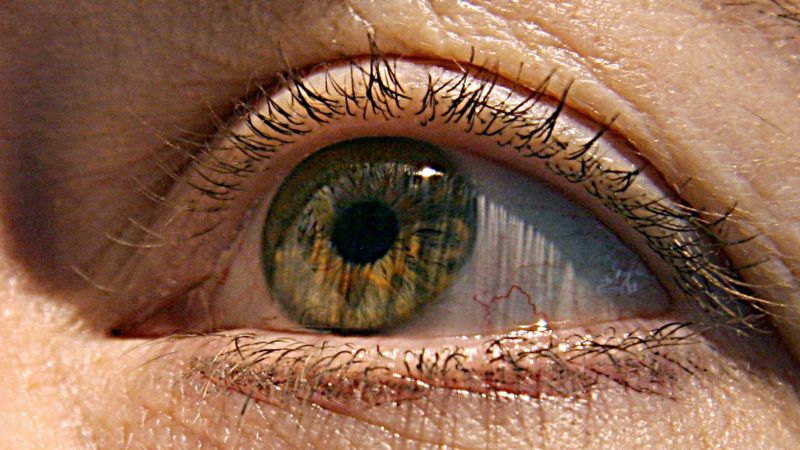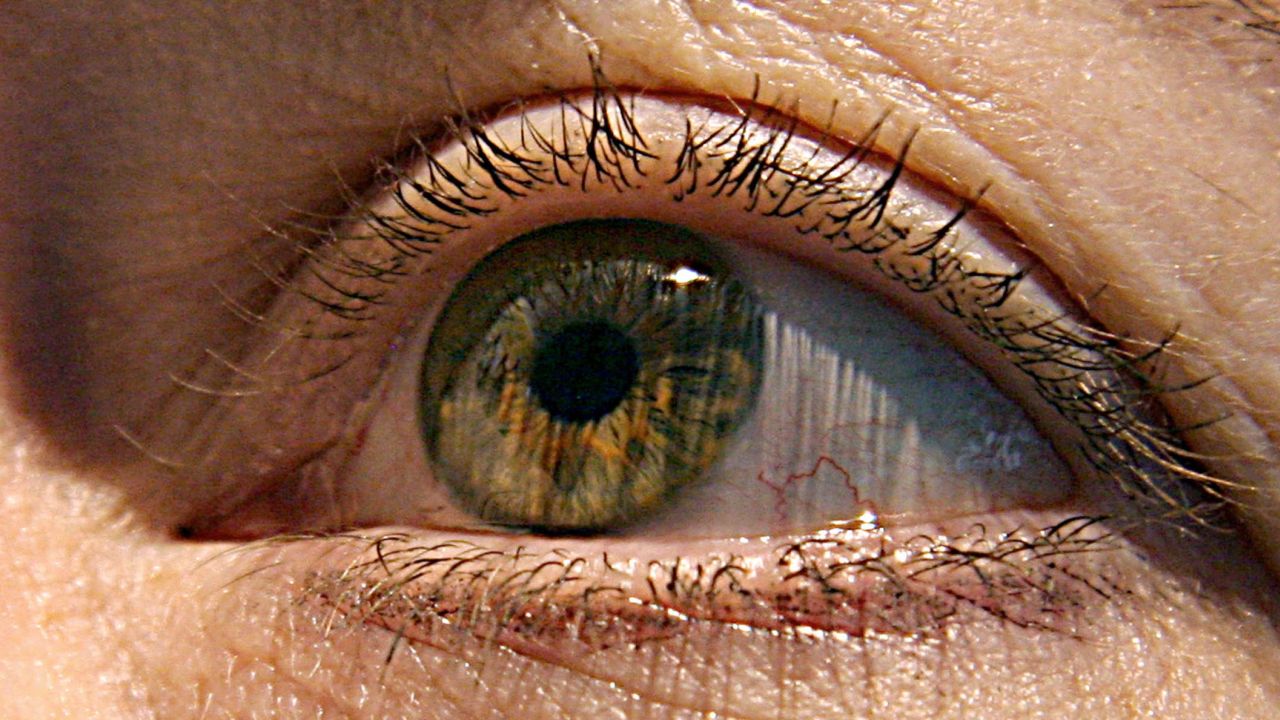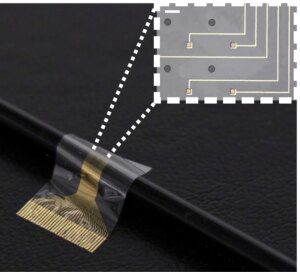
Editor’s Note: Get inspired by a weekly roundup on living well, made simple. Sign up for CNN’s Life, But Better newsletter for information and tools designed to improve your well-being.
CNN
—
The eyes are more than a window to the soul — they’re also a reflection of a person’s cognitive health.
“The eye is the window into the brain,” said ophthalmologist Dr. Christine Greer, director of medical education at the Institute for Neurodegenerative Diseases in Boca Raton, Florida. “You can see directly into the nervous system by looking into the back of the eye, toward the optic nerve and retina.”

Research has been exploring how the eye may help in diagnosing Alzheimer’s disease before symptoms begin. The disease is well advanced by the time memory and behavior are affected.
“Alzheimer’s disease begins in the brain decades before the first symptoms of memory loss,” said Dr. Richard Isaacson, an Alzheimer’s preventive neurologist who is also at the Institute for Neurodegenerative Diseases.
If doctors are able to identify the disease in its earliest stages, people could then make healthy lifestyle choices and control their “modifiable risk factors, like high blood pressure, high cholesterol and diabetes,” Isaacson said,
Just how early can we see signs of cognitive decline? To find out, a recent study examined donated tissue from the retina and brains of 86 people with different degrees of mental decline.
“Our study is the first to provide in-depth analyses of the protein profiles and the molecular, cellular, and structural effects of Alzheimer’s disease in the human retina and how they correspond with changes in the brain and cognitive function,” said senior author Maya Koronyo-Hamaoui, a professor of neurosurgery and biomedical sciences at Cedars-Sinai in Los Angeles, in a statement.
“These changes in the retina correlated with changes in parts of the brain called the entorhinal and temporal cortices, a hub for memory, navigation and the perception of time,” Koronyo-Hamaoui said.
Investigators in the study collected retinal and brain tissue samples over 14 years from 86 human donors with Alzheimer’s disease and mild cognitive impairment — the largest group of retinal samples ever studied, according to the authors.
Researchers then compared samples from donors with normal cognitive function to those with mild cognitive impairment and those with later-stage Alzheimer’s disease.
The study, published in February in the journal Acta Neuropathologica, found significant increases in beta-amyloid, a key marker of Alzheimer’s disease, in people with both Alzheimer’s and early cognitive decline.
Microglial cells declined by 80% in those with cognitive issues, the study found. These cells are responsible for repairing and maintaining other cells, including clearing beta-amyloid from the brain and retina.
“Markers of inflammation were (also) found, which may be an equally important marker for disease progression,” said Isaacson, who was not involved in the study.
“The findings were also apparent in people with no or minimal cognitive symptoms, which suggests these new eye tests may be well-positioned to aid in early diagnosis.”
The study researchers found higher numbers of immune cells tightly surrounding amyloid beta plaques as well as other cells responsible for inflammation and cell and tissue death.
Tissue atrophy and inflammation in cells in the far periphery of the retina were most predictive of cognitive status, the study found.
“These findings may eventually lead to the development of imaging techniques that allow us to diagnose Alzheimer’s disease earlier and more accurately,” Isaacson said, “and monitor its progression noninvasively by looking through the eye.”

